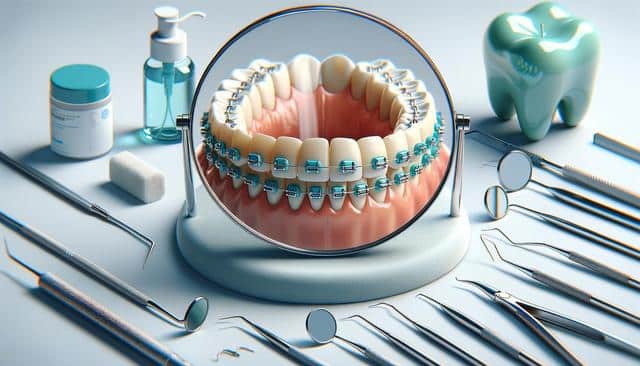
Your Guide to Choosing the Right Braces for Every Stage of Life
Understanding the Basics of Dental Braces
Dental braces are orthodontic devices used to straighten and align teeth, improve dental health, and enhance smiles. The process involves applying continuous pressure over time to shift teeth in a specific direction. Braces not only address cosmetic concerns but also correct bite issues and prevent long-term dental problems. Understanding the types of braces available and their functionality is crucial when considering orthodontic treatments at any age. The main types include traditional metal braces, ceramic braces, lingual braces, and clear aligners. Each type has its unique features and benefits, making it important to consider your specific needs and lifestyle before making a decision.
Choosing Braces for Children
Orthodontic treatment for children typically begins between the ages of 7 and 14, a period when the head and mouth are still growing and teeth are more responsive to straightening. Early intervention can help guide the growth of jawbones and ensure proper alignment as permanent teeth come in. Metal braces are commonly recommended for children due to their durability and effectiveness. Key benefits include:
- Strong and can endure the active lifestyle of children
- Allow for precise adjustments by orthodontists
- Cost-effective compared to other types
Parents should focus on encouraging good oral hygiene and regular dental visits to monitor progress and make necessary adjustments during this stage.
Braces for Teenagers
The teenage years are a popular time for orthodontic treatment as most permanent teeth have erupted, and growth spurts can be leveraged to correct alignment efficiently. A variety of braces options are available for this age group, including ceramic braces and clear aligners, which offer a more aesthetic choice for self-conscious teens. Benefits of using clear aligners include:
- Discreet appearance, boosting self-esteem
- Removable for easy cleaning and eating
- Fewer dietary restrictions compared to traditional braces
It’s important for teenagers to adhere to orthodontic guidelines and wear their braces or aligners as directed to achieve the desired results.
Adult Orthodontics
It’s never too late to enhance your smile, and an increasing number of adults are seeking orthodontic treatment for both cosmetic and health reasons. Adult orthodontics can address issues such as misalignment, crowding, and jaw pain. Lingual braces and clear aligners are popular choices among adults due to their subtlety and effectiveness. Lingual braces fit behind the teeth, making them nearly invisible. Advantages of adult orthodontics include:
- Improved oral health and hygiene
- Boosted confidence and aesthetic appeal
- Prevention of future dental issues
Adults considering braces should consult with an orthodontist to discuss treatment options and expected outcomes.
Maintaining Your Smile Post-Braces
Once braces are removed, it’s essential to maintain your new smile through proper care and the use of retainers. Retainers help keep teeth in their new positions and prevent them from shifting back. Maintenance tips include:
- Regular dental check-ups and cleanings
- Consistent use of retainers as prescribed
- Good oral hygiene practices, including brushing and flossing
By following these guidelines, you can ensure that your investment in orthodontic treatment continues to pay off with a healthy, beautiful smile.
Conclusion
Choosing the right braces involves understanding the specific needs at different life stages and the available treatment options. Whether for children, teenagers, or adults, orthodontic treatment can significantly improve dental health and personal confidence. By considering all factors and consulting with a professional, you can make an informed decision that leads to outstanding results and a lifetime of healthy smiles.